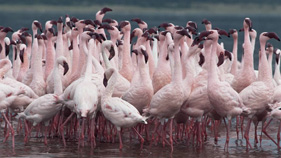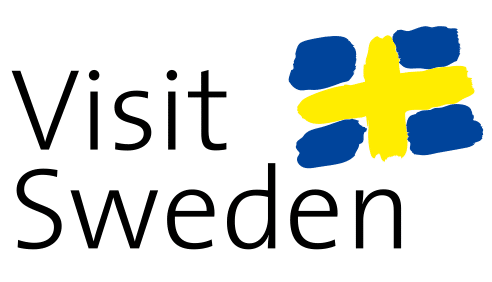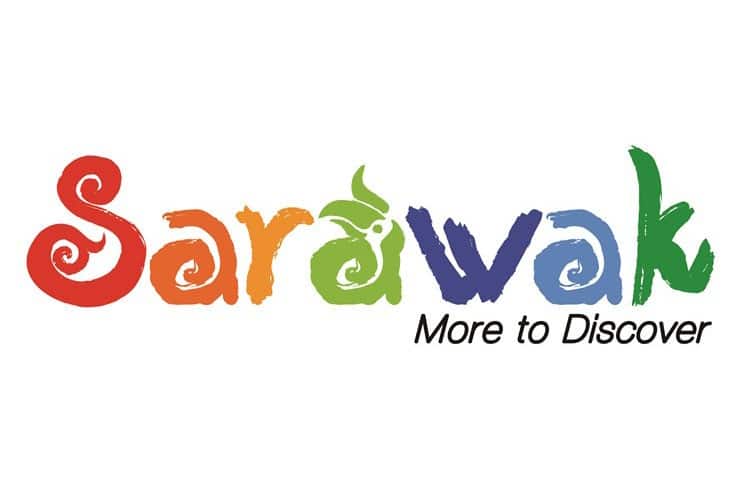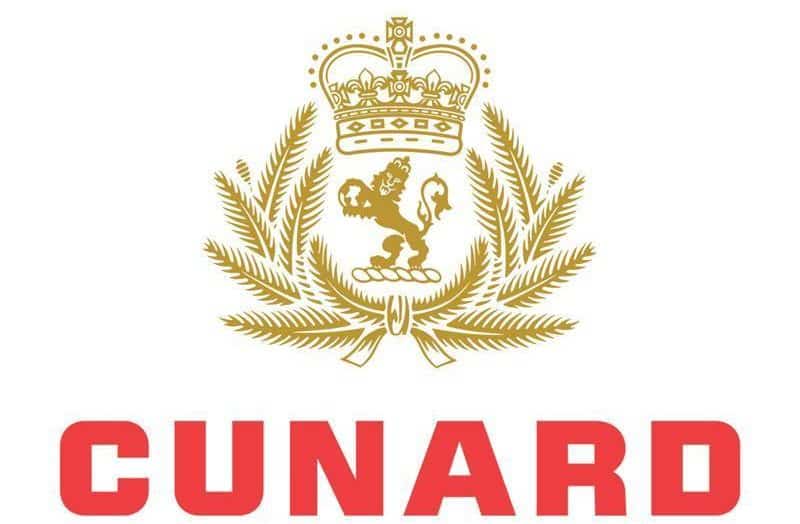50 billion truly sustainable flight paths

World Migratory Bird Day 2014 Spotlights Pioneering Sustainable Tourism Initiatives
World Migratory Bird Day 2014 was celebrated in over 70 countries last week focused on the role sustainable tourism can play in conserving one of the world’s true natural wonders: the spectacular movements of migratory birds along their flyways.
Some of the world’s estimated 50 billion migratory birds should soon be able to benefit from sustainable tourism development.
This year’s commemoration was held under the theme "Destination Flyways – Migratory Birds and Tourism". Destination Flyways is also the name of the UNWTO-led project, currently in its preliminary phase, which aims to develop sustainable tourism at destinations along the world’s major migratory bird routes.
Focusing on a selection of eight key sites for migratory birds in Africa, Asia and Europe, the project aims to be a vehicle for both environmental and socio-economic sustainability, benefiting wildlife, local communities and tourists alike.
By providing an adequate framework for sustainable tourism management, diversifying tourism and channelling its revenue back into the conservation of the project sites and the communities around them, Destination Flyways will work to safeguard the birds’ habitats, while creating job opportunities for local communities along the flyways.
"Tourism is an undisputed generator of national wealth, corporate income and local employment. Managed sustainably, it can benefit people and the planet alike," said United Nations Secretary-General Ban Ki-moon in a message to the 20th Session of the UNWTO General Assembly.
The annual World Migratory Bird Day campaign is organized by the Convention on the Conservation of Migratory Species of Wild Animals (CMS) and the Agreement on the Conservation of African-Eurasian Migratory Waterbirds (AEWA) – two intergovernmental wildlife treaties administered by the United Nations Environment Programme (UNEP). For this year’s campaign, CMS and AEWA are partnering with UNWTO and others to highlight the mutually beneficial relationship between tourism and conservation.
"As tourism continues to grow, so too will the pressures on the environment and wildlife. Without proper management and protection, as well as investments in greening the sector, thousands of magnificent species will suffer," said UN Under-Secretary-General and UNEP Executive Director Achim Steiner.
UNWTO Secretary-General Taleb Rifai said: "Tourism has a major responsibility in advancing biodiversity protection. Every year, millions of tourists are wondered by the world’s wild flora and fauna while travelling. Without such enriching experiences, tourism could not be the vehicle for sustainable growth, job creation and poverty alleviation that it is today."
"Many people want to experience nature when they travel and there are millions of people around the world who are particularly interested in observing birds in their natural surroundings," said Bradnee Chambers, Executive Secretary of CMS.
He added: "Bird-watching is an important component of a global multi-million dollar wildlife-watching industry and provides a significant source of income and employment for a growing number of communities, especially in developing countries."
One of the eight project sites selected for the Destination Flyways project is Lake Natron, in the remote north of the United Republic of Tanzania near the Kenyan border. Home to 75 per cent of the world’s population of the Lesser Flamingo, Lake Natron is the only breeding ground for this species in East Africa.

For Lake Natron, tourism can be a solution for conservation, provided that local communities are involved in its development and implementation and derive tangible benefits from it. It is therefore critical to make sustainable tourism a true long-term alternative to other economic activities, such as the proposed mining of soda ash from the lake, about which serious concerns have been raised because of the potential danger to the flamingo population.
"The UNWTO-led Destination Flyways Project, the inspiration for the 2014 World Migratory Bird Day campaign, is a perfect example of how tourism and biodiversity can benefit from each other. On this World Migratory Bird Day, we invite all to help us turn one billion tourists into one billion opportunities to protect the world’s original long-distance travellers," said Rifai.
Events to mark World Migratory Bird Day 2014 will include bird festivals, education programmes, bird watching trips, presentations, film screenings, the launch of an international photo competition and a benefit concert to raise funds for international nature conservation.
Valere Tjolle
This week’s Vision special FREE offer HERE
 United Kingdom
United Kingdom United States
United States Asia Pacific
Asia Pacific












































Dozens fall ill in P&O Cruises ship outbreak
Turkish Airlines flight in emergency landing after pilot dies
Boy falls to death on cruise ship
Unexpected wave rocks cruise ship
Woman dies after going overboard in English Channel